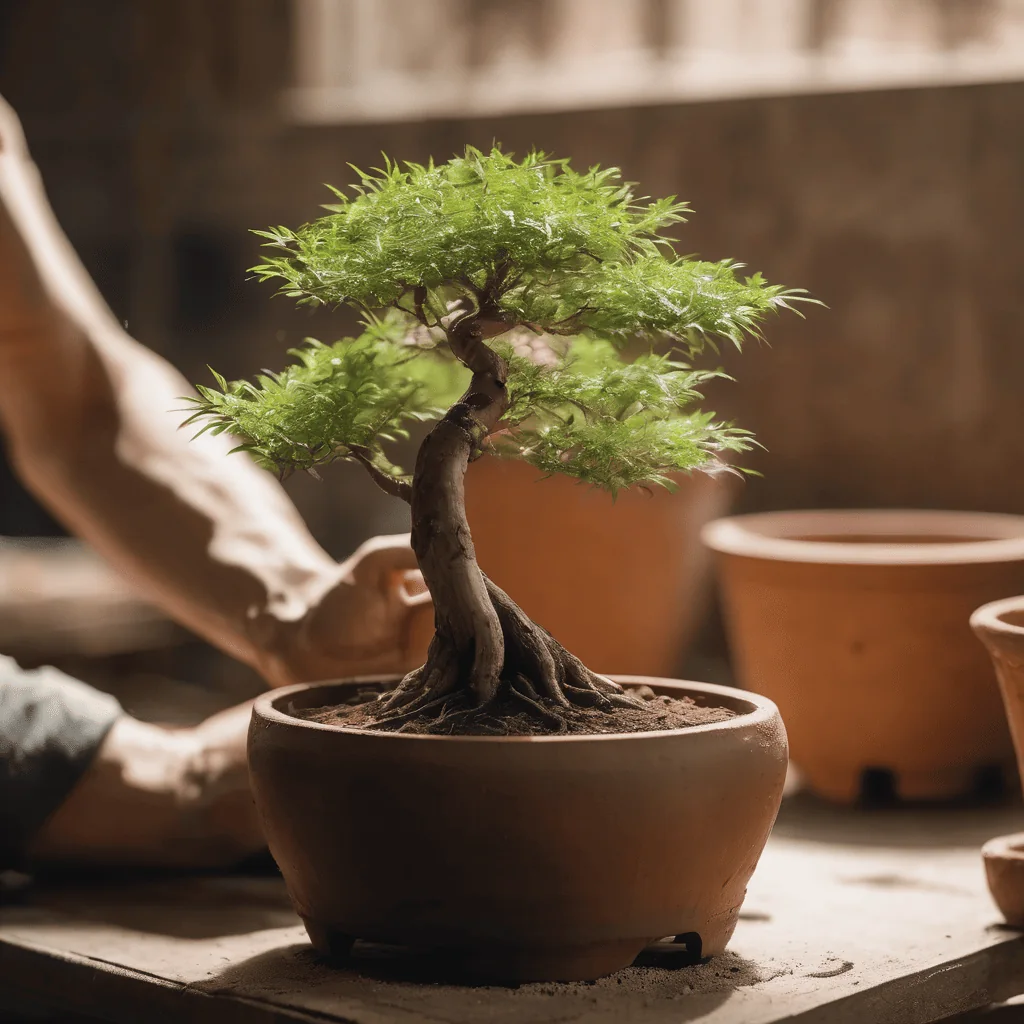
Intro
Weeping Willow Bonsai trees are a delightful addition to any home or garden. With their enchanting cascade of delicate branches and glossy leaves, these miniature trees pack a punch in aesthetics and tranquility. If you’ve recently acquired one or are thinking about adding one to your collection, you’ll want to know how to care for it properly. This post will cover everything you need to know, from placement, watering, and pruning, to repotting and propagation.
Finding the Perfect Placement for Your Weeping Willow Bonsai

Ah, location, location, location! This isn’t just important in real estate, but also in the world of bonsai. Your Weeping Willow Bonsai thrives best when it’s able to bask in the outdoors, absorbing all the wonderful sunshine nature has to offer. Still, it’s not too picky – it can also manage just fine with indirect light and even tolerate a little shade.
If you’re thinking, ‘where should I position my bonsai?’, a spot where it can get a daily dose of four to six hours of sunlight would be ideal. This way, your bonsai can photosynthesize effectively, enabling it to grow healthy and strong.
But remember, as the seasons change, so do the needs of your bonsai. When winter comes knocking with its freezing temperatures, it’s time to bring your bonsai indoors. The tender branches of your Weeping Willow Bonsai might not appreciate the extreme cold. So, during this season, keep it in a cool, well-lit room until warmer temperatures return.
So there you have it! Whether basking in the sun or nestled comfortably indoors, finding the perfect placement for your Weeping Willow Bonsai is all about balance.
Watering Your Weeping Willow Bonsai: The Key to its Health
Hydrating your Weeping Willow Bonsai is kind of like Goldilocks trying to find the perfect porridge – it has to be just right. These little guys are big fans of H2O, but they don’t enjoy a constant swim. The key? Keep the soil moist, but not soaking wet.
Here’s how it works: give your bonsai a good watering once the topsoil starts looking a bit parched. But hold on, don’t drown it! A gentle, consistent watering until you see a little runoff is the way to go. And remember, the pot needs to have good drainage to make sure your bonsai isn’t sitting in a mini pond – it’s a tree, not a lily pad!
Keep in mind, the thirst level of your bonsai may fluctuate depending on the weather and season. Hotter weather might call for more frequent watering, while cooler times could require a bit less.
And remember, always test the soil before going in with the watering can. It’s all about keeping that balance – not too dry, not too wet, but just right. Now you’re well on your way to mastering the watering game for your Weeping Willow Bonsai!
Pruning Keeping it Shapely and Healthy

All right, let’s get into some bonsai barbering, shall we? Now, when it comes to giving your Weeping Willow Bonsai a little trim, it’s not just about aesthetics, it’s also about health.
Pruning helps maintain that classic weeping shape we all love, but it also encourages the growth of your little tree by removing any long shoots and bidding farewell to dead or diseased branches.
It’s important to keep in mind that pruning is a regular gig. It’s not a one-time event and it’s best done during your bonsai’s growth phase. Why? Well, if left unchecked, your mini tree could start having big tree dreams, trying to outgrow its tiny status. And while we’re all for ambition, this isn’t the kind of growth we want in a bonsai.
So, don’t be afraid to get in there with your pruning shears. This isn’t just about keeping your bonsai looking beautiful (although that’s a big part of it). It’s also about promoting new growth and ensuring your little tree lives a long, healthy life. So, ready to embrace your inner bonsai barber? Go on, give that Weeping Willow Bonsai a trim!
Repotting Your Weeping Willow Bonsai: Giving it Room to Grow

It’s time to talk repotting your Weeping Willow Bonsai, my friends! And this is all about giving your mini tree some space to breathe and spread its roots in new soil. Think of it as relocating to a bigger, more comfortable apartment.
Repotting typically comes around every two to three years. You’ll know it’s time when the roots start doing a bit of a ‘can-can’ dance out of the pot. Yeah, they’re pretty eager to explore their surroundings!
Now, here’s the lowdown on how to do it: Select a shallow pot that has a good drainage system – remember, we’re not going for the ‘bonsai bathtub’ look here! Once you have your new pot ready, it’s time to gently evict your bonsai from its old home. Be kind, these roots are sensitive!